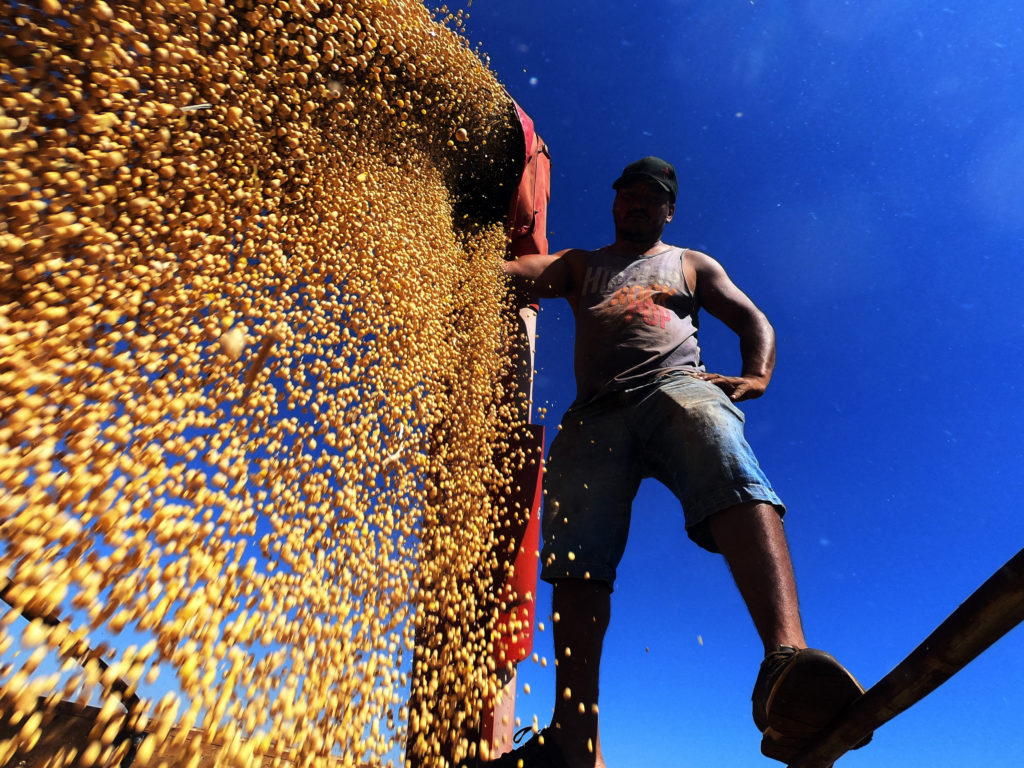Rio de Janeiro – Brazil’s Gross Domestic Product (GDP) grew 1.9% in the first quarter of 2023 from the last three months of the previous year, reaching BRL 2.6 trillion (about USD 514 billion at the current rate).
Data was released this Thursday (1) by the Brazilian Institute of Geography and Statistics (IBGE).
Compared to the first quarter of last year, the Brazilian economy expanded by 4%. In the 12-month period, GDP has accumulated a 3.3% increase.
As a result, the Brazilian economy is at its highest peak in the historical series, which started in 1996, 6.4% above the pre-pandemic level (last quarter of 2019).
Sectors
Growth in comparison with the previous quarter was driven by agriculture, up 21.6%. According to the IBGE, the result is mainly explained by the increased production of soybean, the country’s leading grain crop, which accounted for 70% of the gain output in the first quarter and could close this year at a record-breaking high.
Services, the main sector of the Brazilian economy, also expanded in the period (0.6%), with emphasis on transport and financial activities (both up 1.2%). Industry, in turn, had a 0.1% drop in the period, which, according to the IBGE, represents stability.
Demand
From the demand perspective, growth was sustained mainly by the external sector. Exports of goods and services fell by 0.4% and imports even more (-7.1%).
Family consumption (0.2%) and government consumption (0.3%) increased. Investments were down 3.4% in the period, influenced by the monetary policy that made credit more costly.
Household consumption benefited from the strengthened labor market, higher wages, and reduced inflation in recent months. Growth, however, was constrained by household indebtedness and interest rates.
Translated by Elúsio Brasileiro




